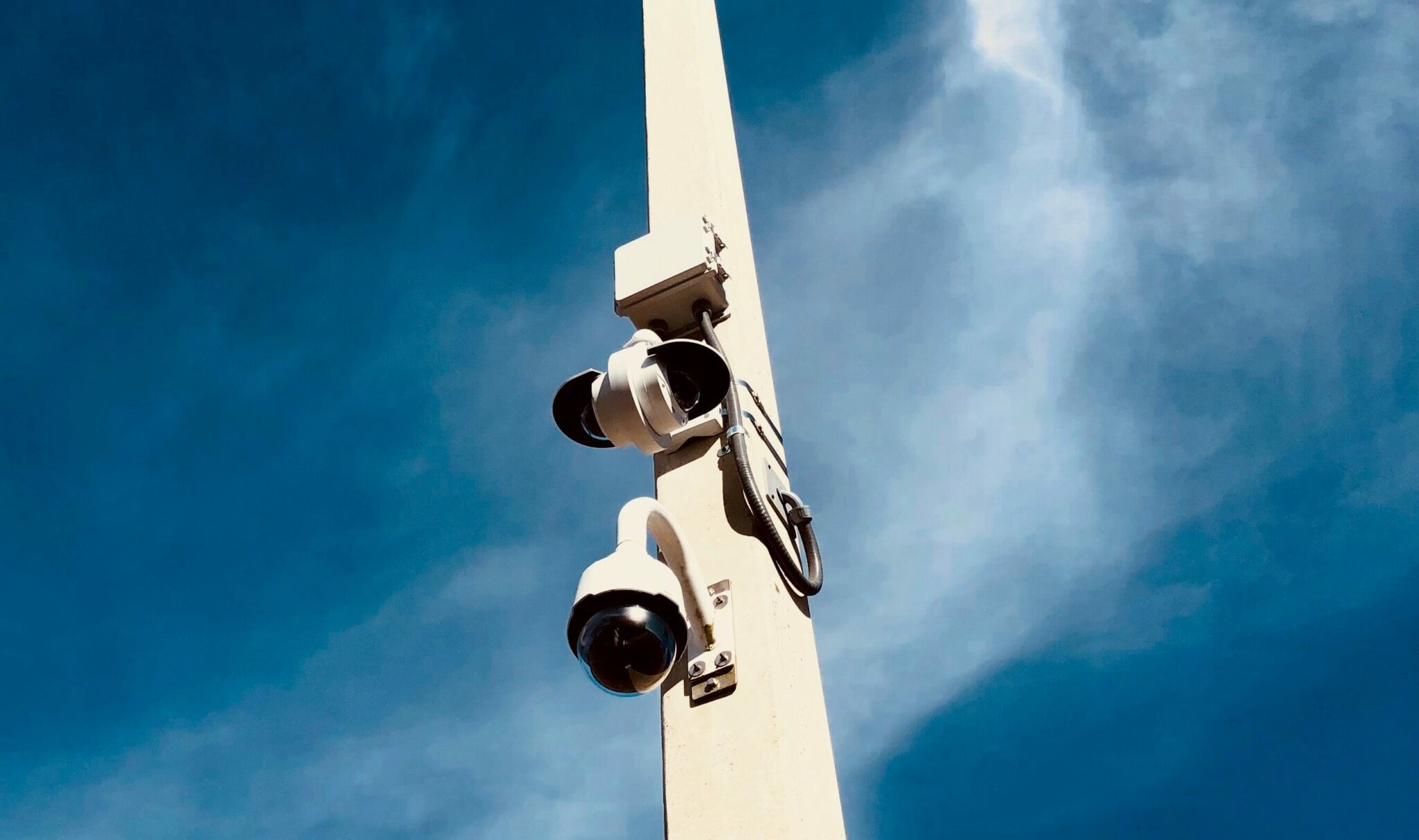Security and facility leaders are faced with the challenge of improving safety in aging buildings with antiquated physical security systems and limited funding for improvement projects. To get the funding necessary to improve security and reduce organizational risks, facility leaders must show where their biggest security gaps are at and provide a feasible path to improvement. Follow these 5 steps to gain approval on your security projects and ensure they deliver meaningful results.
1. Start with an Assessment
Manufacturers and re-sellers promise their features will work “out-of-the-box” and solve all your problems with easy integrations. It can be very tempting to jump into a solution and hope everything will integrate seamlessly but there are risks. You will face greater obstacles getting your next project approved if your first one does not live up to expectations or results in costly system outages. Before jumping into a solution, first get a thorough understanding of your current system’s problems by doing a security assessment. The assessment will provide you with a detailed analysis of the improvement opportunities in your system. It will also give executives confidence that you are going after the problems posing the biggest risks to your organization.
Tip: Use an experienced 3rd party for your security assessment to expedite the process and ensure it is a comprehensive analysis.
2. Build a Roadmap
Now that you have a thorough understanding of the security deficiencies (gaps) in your system, your next step is to determine which solutions will have the most impact on correcting them. Identifying and selecting the right solutions out of the hundreds available is critical. Thoroughly vet each solution because manufacturers are known to over promise on features and integrations. After deciding which solutions will have the most impact, you need to identify where your dependencies are at for implementation. Once you have identified solutions and the dependencies required for implementation, you can now sequence solution implementations on a project roadmap.
Tip: Implement solutions with high impact to the organization and low implementation complexity first. Make sure that those first solutions are implemented in a manner that does not hinder future improvements though.
3. Find Partners in Your Organization
Finding partners to help you with advocating for security solutions will give you a much greater chance at approval than going at it alone. Think about which department leaders will also benefit from solutions and go get their buy-in on the project. For example, new access control and visitor management systems may make employee on-boarding/exits easier for HR or the employee experience may be improved by a new surveillance system that makes the walk to their cars safer.
Tip: Include partners in requirements gathering for solutions and/or in the process for choosing a final solution. This will get them further bought in to the project and vested in seeing it succeed with you.
4. Solidify Solution Sequence & Budget Needed for Phases
You have a holistic understanding of where your security deficiencies are at and the risk levels associated with them. Your solutions have been prioritized based on their impact and their complexity for implementation. You’ve also found partners to advocate solutions with to your executives. Now you just need to package your findings, recommendations and budget needs into a phased plan for implementation.
Tip: Get feedback on your recommendations and plans with internal legal and risk personnel. They will be better advocates during the approval process if they are aligned with your plan.
5. Get Approval
Meet with your executive team and walk them through your presentation. Keep in mind that they are getting multiple requests from throughout the organization and cannot get too far into the details on all of them. This does not mean you do not need to have details ready in the event they ask for them. Bring your partners to the meeting with you so your executive leadership sees there is already alignment and buy-in to your plan from other departments.
Tip: Show alternative approaches that can be done with slower or more aggressive investment. This way you are prepared to taper back or accelerate your plan based on executive feedback and support.
HSJ has over 20 years of experience assessing, designing and implementing security and technology solutions across industries and facility types. If you need help on any of these steps, CONTACT US to schedule a time to discuss your project.





 © 2025 By H. Stephen Jones & Associates, Inc.
© 2025 By H. Stephen Jones & Associates, Inc.